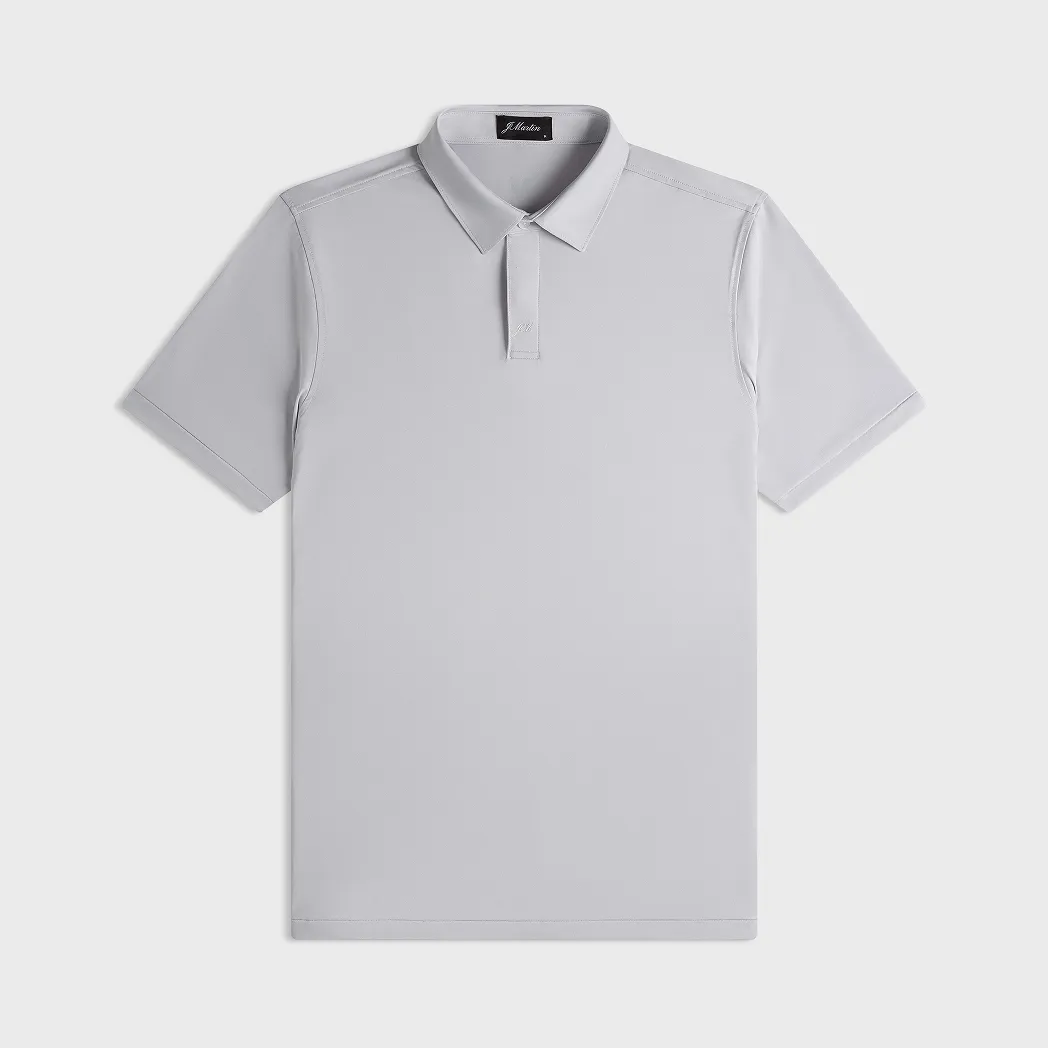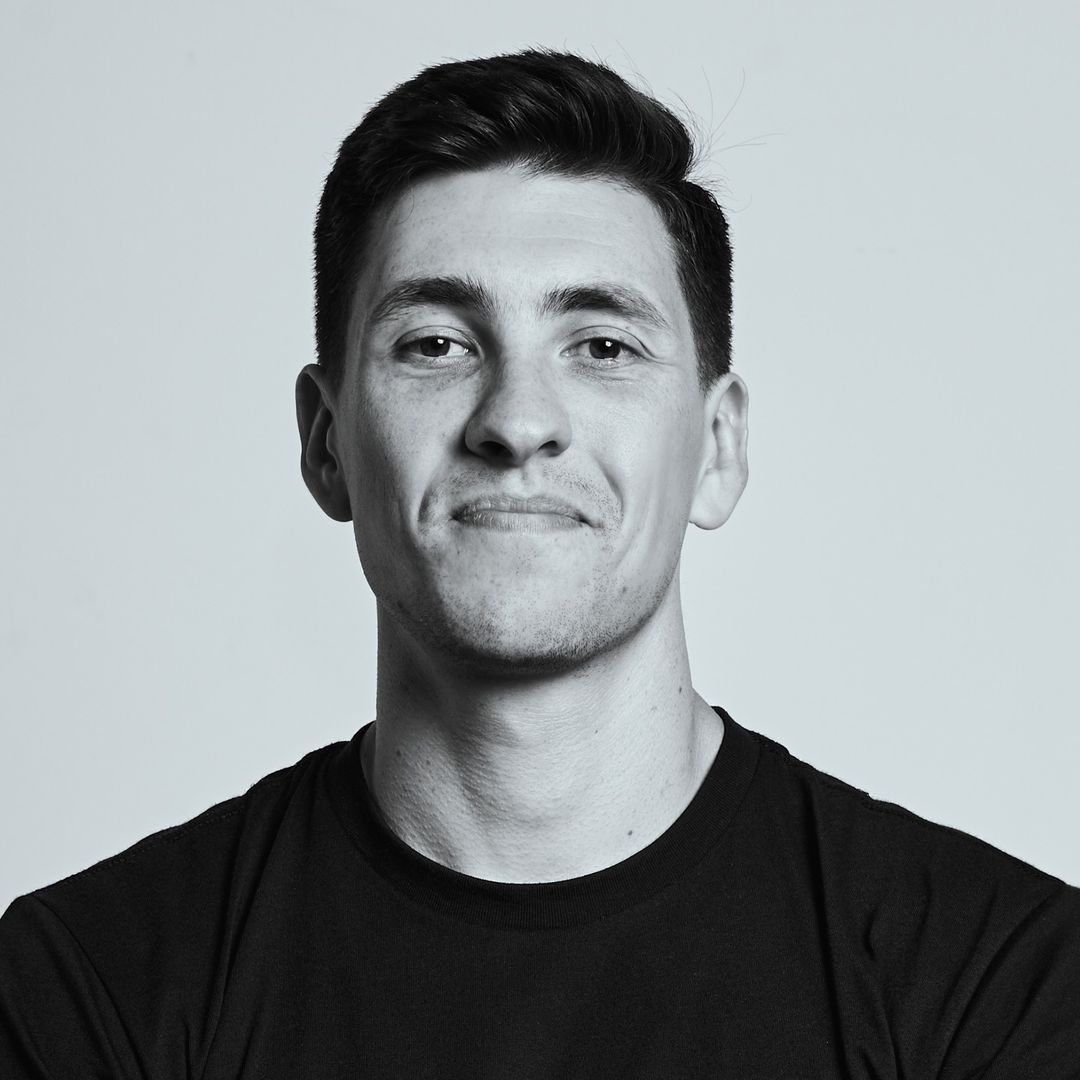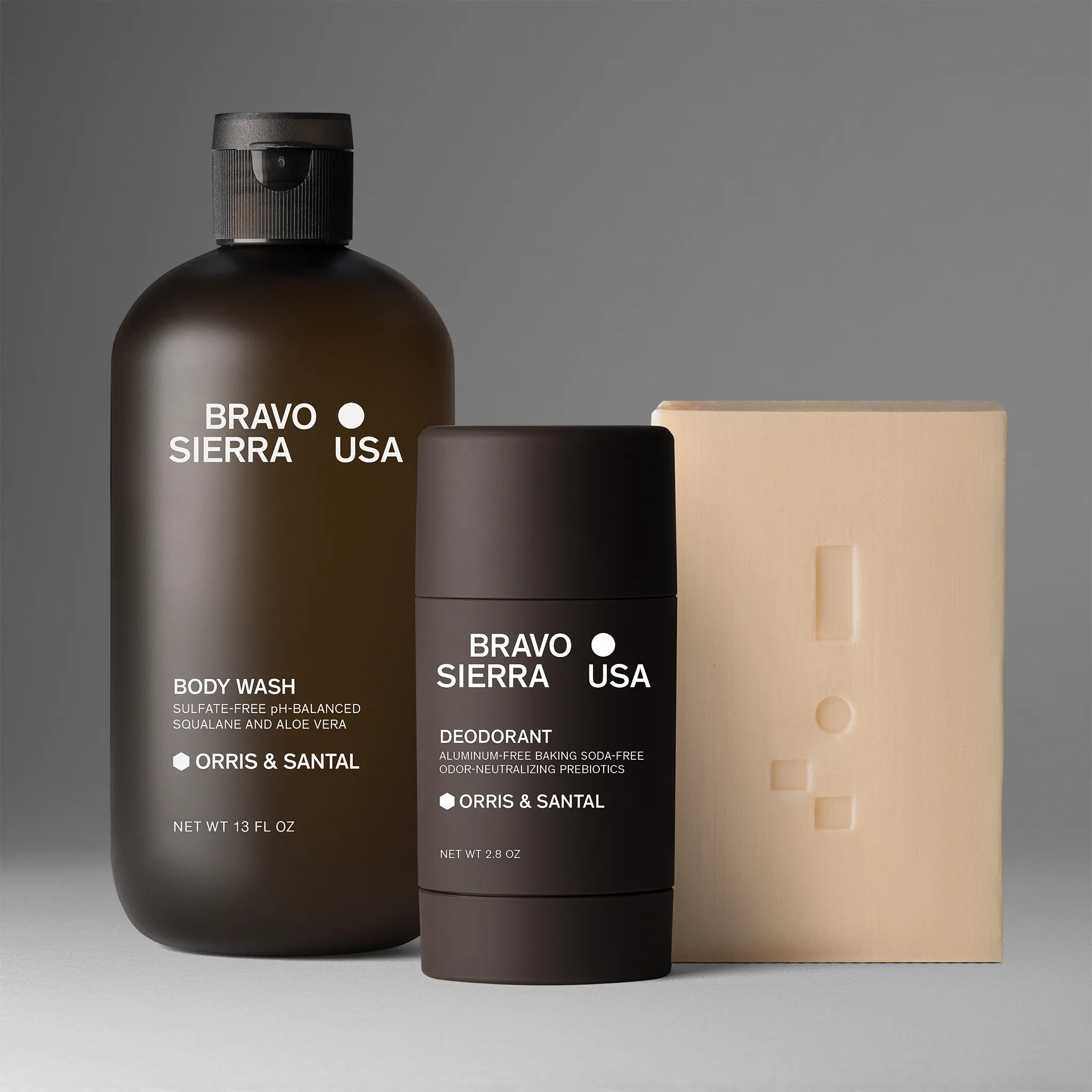AI is everywhere. It fills feeds, shapes campaigns, and promises to transform how brands produce visual content. In fashion and lifestyle e-commerce, where timelines are tight and content needs never stop, the pressure to move faster and spend smarter never stops. AI tools claim to deliver both. Now, they can create AI-generated models, simulate scenes, and streamline production with a few clicks.
But here’s the question: Is AI actually ready to replace traditional model photography? Or is it simply another asset in the creative toolkit?
The Creative Gap AI Is Trying to Fill
Fashion content teams are turning to AI, not because it’s perfect, but because it solves real problems. It offers speed, scale, and affordability for time-strapped brand teams without needing massive production teams or long lead times.
Need a mood board? The New Black AI can generate one in seconds.
Want to visualize different models or environments before booking a shoot? The Midjourney can mock that up instantly.
Struggling to speed up post-production? Magnific or Krea AI can upscale textures and sharpen details in minutes.
From casting simulations to style references and even realistic backgrounds, generative AI is starting to take over the tasks that slow teams down. It doesn’t replace the creative process but makes it faster, more cost-effective, and easier to explore more options before committing to an entire shoot.
What AI Brings to Pre-Production
AI can really take the stress out of planning a photoshoot, making the whole process smoother and faster.
For brand teams juggling frequent drops and tight timelines, pre-production is where AI tools start to earn their keep. Building mood boards, sourcing references, and simulating scenes, what used to take hours can now take minutes (if your prompts are as clear as your vision). That means fewer false starts, more aligned teams, and better decisions before shoot day.
You can use AI to mock up different lighting setups, try out poses, or experiment with location types. Adobe Firefly (Generative Fill & Adjust Lighting) lets you do it quickly. It won’t replace your photographer, but it will help you arrive at the shoot with a clear direction.
The same goes for casting. AI can help visualize different model types early on, so you're not leaving representation or fit to chance.
This is where AI tools make the most sense right now: helping small teams, fast-moving fashion brands, and campaign planners who need speed without sacrificing thoughtfulness. It’s not perfect, but it’s practical.
Why AI Isn’t Replacing Model Shoots
You might plan faster with AI, but it still needs a human touch to drive a campaign. Here’s why:
1. Visual Accuracy Falls Short
Garment draping isn’t always spot-on. Skin textures can look slightly artificial, and lighting may not feel natural. For e-commerce clothing brands that depend on sharp, accurate visuals at scale, AI-generated images still have a way to go before matching the consistency of studio photography. When you're working across 100+ SKUs, maintaining that level of visual fidelity remains a challenge.
2. Limited Creative Control
With traditional photoshoots, you can art-direct down to the stitch. With AI, changing one thing (like a pose) can throw five others (like lighting, color, or fabric texture) off balance. What could be a quick fix during the shoot often turns into a time-consuming back-and-forth with AI image generators.
3. Representation Is Lacking
Inclusivity is another gap. Many AI tools still use biased training data, and that shows, especially in the limited representation of skin tones, body types, and facial features. If your brand values representation, AI may not give you the range or realism your audience expects.
4. Risk of Misleading Visuals
When a product image looks too perfect, but doesn’t match the item, it can hurt more than your conversion rate. Misleading visuals can break trust, trigger returns, or worse, regulatory scrutiny.
The bottom line is that AI can help prep and polish. But it can’t replace the control, consistency, and realism that brands need from a professional shoot.
AI in Post-Production or Where It’s Actually Winning
While AI can’t yet replace the shot, it can dramatically speed up what comes after.
Retouching tasks like sharpening, background removal, and upscaling are where AI actually performs well. These low-risk, high-reward moves speed up production without compromising high quality. For brands running tight timelines, this is where AI earns its keep. It’s a game-changer.
Used well, such editing tools don’t reinvent your image; they enhance it (Adobe Lightroom, Fotor, Aftershoot, and many more). However, you still need great lighting, strong art direction with creative vision, and a clear product shot. AI just helps clean up the edges faster.
Ekin Can Bayrakdar, fashion and beauty photographer, featured on numerous renowned publications worldwide, including VOGUE, HARPER'S BAZAAR, and L'OFFICIEL, shared his take on AI in our interview:
Creativity comes from the journey. When you ask AI for something, it brings it to you, but no real process or journey is involved. The creativity happens during that journey. You start with something, and along the way, other ideas emerge. You need to analyze those ideas, maybe combine them, and that's where the outcome comes from. AI is like a shortcut.
At Squareshot, we’re exploring how AI-powered model swapping could support brands looking to adapt campaigns for different markets without reshooting. When paired with flat lay and ghost mannequin imagery, this approach offers a promising way to streamline production and reduce unnecessary costs. If you’re already thinking about ways to integrate AI into your workflow or have relevant experience, we’re open to collaborating. If that’s you, let’s connect: hello@squareshot.com.
The Responsible Brand Playbook for AI Use
The line between enhancement and distortion is subtle but critical. For instance, using AI to change a model’s pose can unintentionally misrepresent garment fit, while swapping out a background leaves the core visual intact. AI is a powerful tool, but it’s only as good as how you use it.
Here’s how to integrate AI in your workflow:
Enhance, Don’t Invent
Use AI to clean up product photos, not fabricate them. The moment your visuals misrepresent the real product, you risk losing customer trust.
Keep It Real
AI should enhance realism, not distort it. That means staying true to your product’s fit, texture, and color. Accuracy builds credibility.
Edit Around the Product
It’s okay to use AI for things like background, lighting tweaks, or shadow adjustments, but don’t alter the product. Let the actual item speak for itself.
Use a Two-Filter Check
Review every AI-assisted image through the lens of:
- Your brand’s identity
- Your customers’ expectations
(If something feels off in either, it probably is.)
Put People in Charge
Let AI handle the heavy lifting, but keep people in charge of decisions. AI can support execution, but it shouldn’t dictate direction.
So, a Tool or a Replacement?
The answer depends on how you use it.
AI can save time and streamline parts of your process. But real product photography still wins when quality, consistency, and trust are at stake. You can’t achieve the same outcome relying solely on shortcuts. True expertise cannot be replaced that easily, and the results will always show which path you chose.
At Squareshot, our approach is straightforward: AI should support your workflow, not distort your brand. There’s no substitute for authenticity when your ultimate goal is to build a brand customers can trust.

Product A
SQUARE SHOT





























